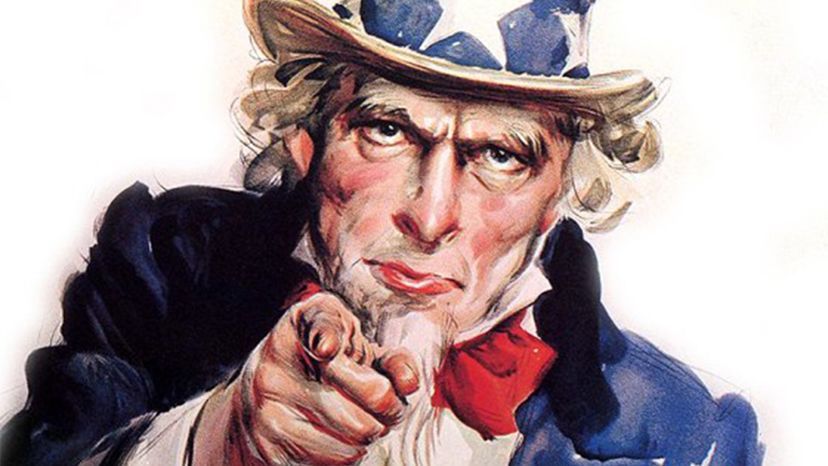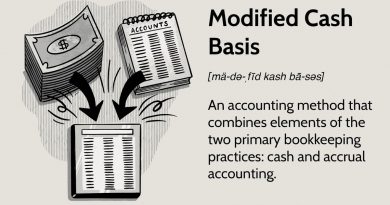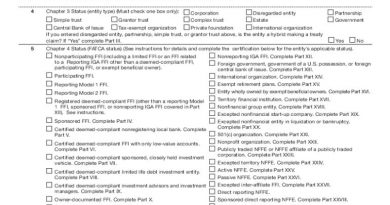Uncle Sam History of The Personification of the US Government

Uncle Sam: History of The Personification of the US Government
Who Is Uncle Sam?
"Uncle Sam" is a personified representation of the United States federal government or the United States of America. In finances, Uncle Sam can refer to the Internal Revenue Service (IRS), which oversees taxes and regulations. For example, "I have to pay Uncle Sam a portion of my income for roads and hospitals."
Key Takeaways
- Uncle Sam is the personification of the United States federal government.
- He’s typically depicted as an older gentleman with a star-spangled top hat and red bow tie.
- Uncle Sam is colloquially used for the IRS, which levies income taxes.
- One prominent representation of Uncle Sam is a poster of him pointing at the viewer with the words "I Want YOU," used for military recruitment.
- Uncle Sam represents the U.S. government while Lady Liberty and Columbia represent the U.S. as a nation.
Understanding Uncle Sam
Uncle Sam’s usage traces back to the meat packer Samuel Wilson during American military history. Wilson served as an officer during the American Revolutionary War, procuring meat supplies for the Continental Army.
Before the 19th century, the U.S. had been personified by the figure "Brother Jonathan," originally a derogatory term for Puritans during the English Civil War. Female representations of the U.S. are also common: Columbia and Lady Liberty.
Uncle Sam in Popular Culture
Uncle Sam is sometimes used in the financial media to refer to the federal government, especially in regards to income taxes or financial regulation. Some tax-sheltered products, like municipal bonds or qualified retirement accounts, are referred to as "off-limits to Uncle Sam," meaning they are not subject to federal taxation.
By regulating various financial activities and transactions, such as the Federal Trade Commission’s oversight of mergers and acquisitions, Uncle Sam is said to have "had his say" or "given his stamp of approval."
The character of Uncle Sam has been widely used in U.S. government propaganda to encourage support for policies and military efforts, including the financing of these activities.
Uncle Sam was used to promote the U.S. Treasury’s liberty bond program during World War I, which contributed to the financialization of the U.S. economy.
In 1961, Congress recognized Samuel Wilson as the namesake of the Uncle Sam symbol.
The most popular image of Uncle Sam is based on a World War I military recruiting poster by James Montgomery Flagg. It features Uncle Sam pointing an index finger outward with the words, "I Want YOU for U.S. Army." This depiction shows an older man with a white goatee beard wearing an American flag–inspired top hat and red bow tie.
Was There a Real Uncle Sam?
Uncle Sam is based on a real person, Samuel Wilson, who started a meatpacking company after the American Revolution. His company supplied troops in the War of 1812 with meat, earning him the nickname "Uncle Sam."
What Universal Idea Does the Uncle Sam Poster Represent?
Uncle Sam personifies the U.S. government and represents its ideas. The famous poster that points at the viewer, stating "I Want YOU," encourages military enlistment and general support for U.S. involvement in the war.
What Meanings Do the Statue of Liberty and Uncle Sam Represent?
Uncle Sam represents the U.S. federal government, including support, taxation, and military enlistment. Lady Liberty represents the ideals of the U.S. as a nation, such as freedom, liberty, equality, and the American Dream.



